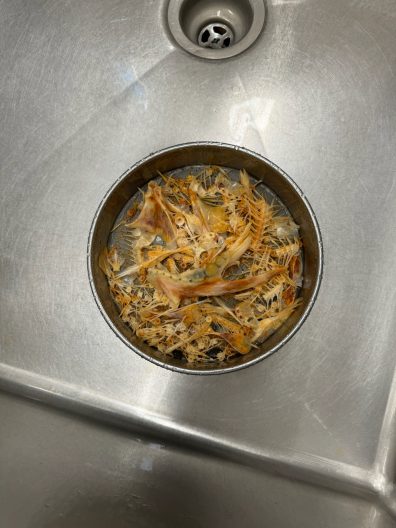Working on Alaska pinniped projects during the SAFS-MML internship
Each year, UW students embark on the SAFS-NOAA Marine Mammal Laboratory internship program, spending a month or so working on projects related to marine mammals such as whale, seals, sea lions and porpoises. Project topics include marine mammal behavior, population dynamics, life history, migration patterns, distribution, and trends in abundance, with research taking place with the Marine Mammal Laboratory, a division of the NOAA Alaska Fisheries Science Center (AFSC). This year during June to August, two students – Kenna Daily (ESRM) and Sofia Denkovski (Marine Biology) – split their time working on two Alaska pinniped projects: remote camera imagery and food habits.
Under the mentorship of Molly McCormley from AFSC, they helped assess the efficacy of NOAA’s machine learning model for detecting Steller sea lions in digital images. They manually reviewed over 21,000 images of Steller sea lions rookery sites in the Aleutian Islands, marking locations of branded sea lion individuals which will be compared to observations found by the machine learning model.

While being mentored by Katie Luxa, also from AFSC, Kenna and Sofia processed ~300 frozen Steller sea lion and northern fur seal diet samples (i.e., scats and spews). The fish otoliths, bones, and squid beaks they recovered from samples are now ready to be identified by Marine Mammal Lab staff. They also helped prep northern fur seal vibrissae for stable isotope analysis and inventoried over 1,600 cephalopod specimens in the Lab’s food habits reference collection.

In addition to their research tasks, Kenna and Sofia used this unique opportunity to connect with other MML and Alaska Fisheries Science Center researchers, setting up one-on-one meetings to learn more about their study animals and research projects. Their mentors reported that Kenna and Sofia did a fantastic job. They were enthusiastic, their work was impeccable, and they asked excellent questions, with both students being invited to stay on as part-time (<4 hrs/week) lab volunteers.